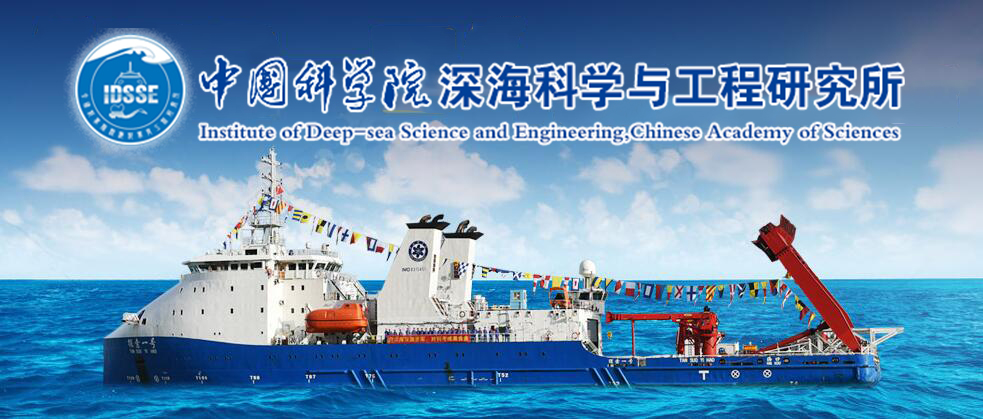
| 论文题目 | Biogeography and Population Divergence of Microeukaryotes Associated with Fluids and Chimneys in the Hydrothermal Vents of the Southwest Indian Ocean |
| 论文题目(英文) | Biogeography and Population Divergence of Microeukaryotes Associated with Fluids and Chimneys in the Hydrothermal Vents of the Southwest Indian Ocean |
| 作者 | 张玥;黄宁;荆红梅 |
| 发表年度 | 2022-09-19 |
| 卷 | 10 |
| 期 | |
| 页码 | 17 |
| 期刊名称 | MICROBIOLOGY SPECTRUM |
| 摘要 | |
| 摘要_英文 |
Deep-sea hydrothermal vents have been proposed as oases for microbes, but microeukaryotes as key components of the microbial loop have not been well studied. Based on high-throughput sequencing and network analysis of the 18S rRNA gene, distinct biogeographical distribution patterns and impacting factors were revealed from samples in the three hydrothermal fields of the southwest Indian Ocean, where higher gene abundance of microeukaryotes appeared in chimneys. The microeukaryotes in the fluids might be explained by hydrogeochemical heterogeneity, especially that of the nitrate and silicate concentrations, while the microeukaryotes in the chimneys coated with either Fe oxides or Fe-Si oxyhydroxides might be explained by potentially different associated prokaryotic groups. Population divergence of microeukaryotes, especially clades of parasitic Syndiniales, was observed among different hydrothermal fluids and chimneys and deserves further exploration to gain a deeper understanding of the trophic relationships and potential ecological function of microeukaryotes in the deep-sea extreme ecosystems, especially in the complex deep-sea chemoautotrophic habitats. IMPORTANCE Deep-sea hydrothermal vents have been proposed as oases for microbes, but microeukaryotes as key components of the microbial loop have not been well studied. Based on high-throughput sequencing and network analysis of the 18S rRNA gene, population divergence of microeukaryotes, especially clades of parasitic Syndiniales, was observed among different hydrothermal fields. This might be attributed to the hydrogeochemical heterogeneity of fluids and to the potentially different associated prokaryotic groups in chimneys. Deep-sea hydrothermal vents have been proposed as oases for microbes, but microeukaryotes as key components of the microbial loop have not been well studied. Based on high-throughput sequencing and network analysis of the 18S rRNA gene, population divergence of microeukaryotes, especially clades of parasitic Syndiniales, was observed among different hydrothermal fields.
|

Copyright © 中国科学院深海科学与工程研究所 备案证号:琼ICP备13001552号-1
 琼公网安备 46020102000014号
琼公网安备 46020102000014号
地址: 三亚市鹿回头路28号 邮编:572000 网站维护:深海所办公室 邮箱:office@idsse.ac.cn